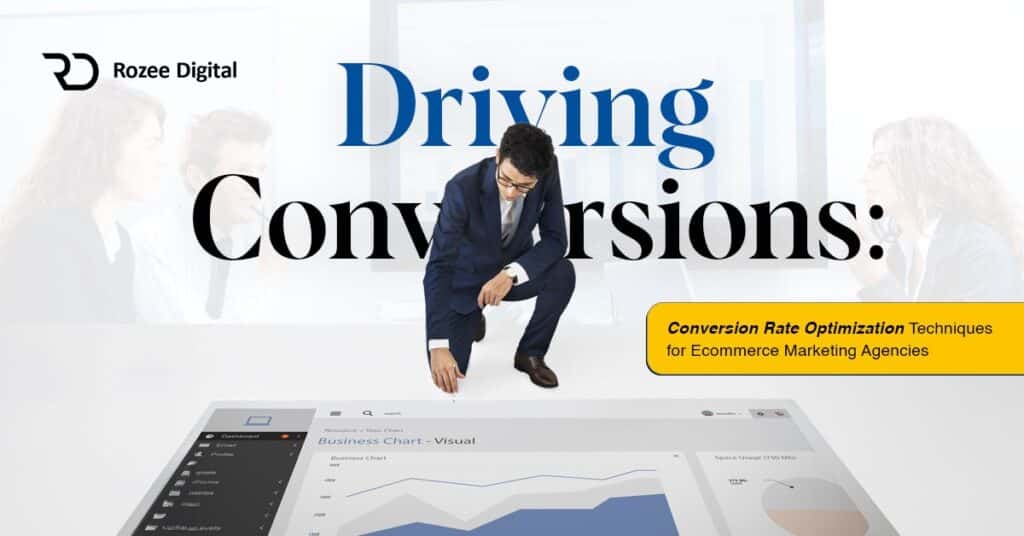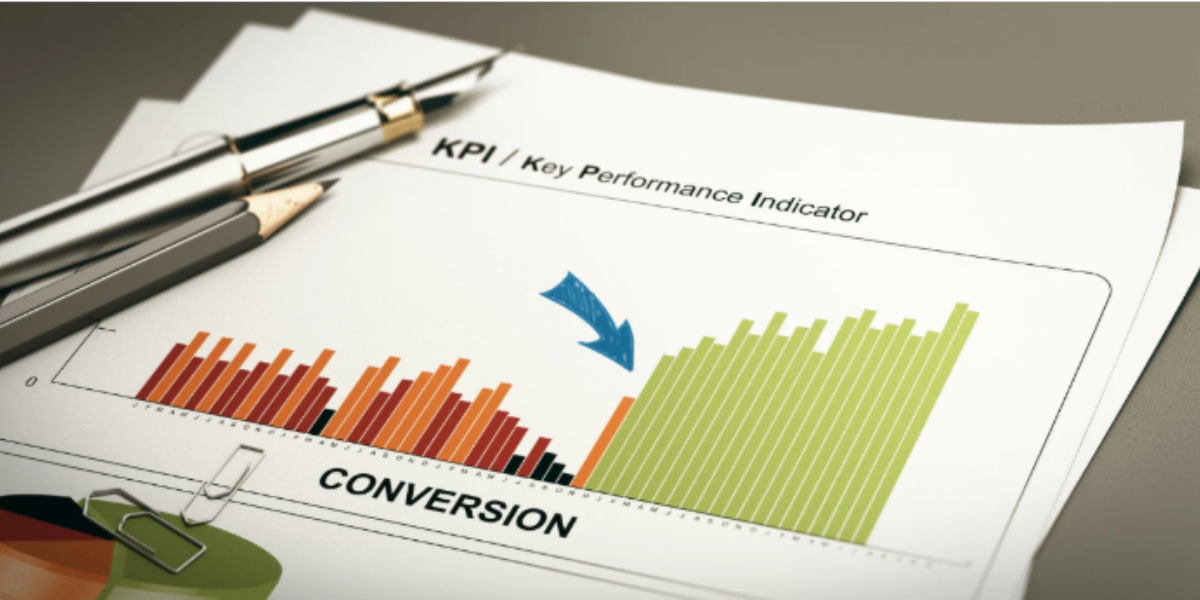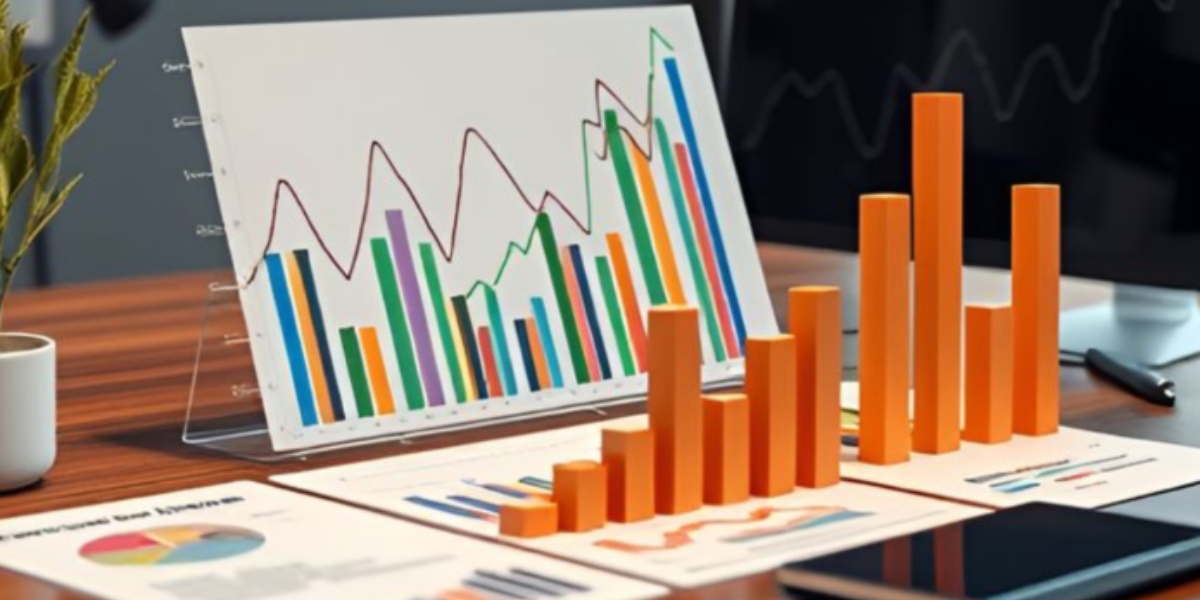In the highly competitive digital marketplace, among many advertisement techniques for eCommerce conversions, conversion rate optimization (CRO) has emerged as a crucial strategy for eCommerce marketing agencies aiming to drive sales and maximize client success. By fine-tuning websites and marketing campaigns, these agencies can significantly increase the percentage of visitors who complete a desired action, such as making a purchase or signing up for a newsletter. This blog delves into effective CRO techniques, including eCommerce conversion optimization, tailored for eCommerce marketing agencies seeking to elevate their clients’ online performance.
What is conversion rate optimization (CRO) and why is it important for eCommerce marketing agencies?
“Conversion rate optimization is the process of enhancing your website and content to boost the percentage of visitors who complete a desired action, such as making a purchase or signing up for a newsletter.”
For marketing agencies, eCommerce Conversion Rate Optimization (CRO) techniques are vital for several compelling reasons, directly impacting their ability to drive success for their clients and enhance their competitive edge. Here’s why Conversion rate optimization is indispensable in the eCommerce marketing landscape:
1. Maximizing Return on Investment (ROI)
E-commerce conversion rate optimization focuses on getting more out of the existing traffic to a website by enhancing the user experience and journey. By improving conversion rates, eCommerce marketing agencies can significantly increase their clients’ ROI without the need for additional traffic generation efforts. This optimization of resources leads to more cost-effective marketing strategies and better allocation of budgets.
2. Enhancing User Experience
At the heart of CRO lies the goal of creating a better user experience. By understanding user behavior and preferences, agencies can make informed changes to website design, content, and navigation. This not only aids in converting visitors into customers but also improves customer satisfaction and loyalty, which are crucial for long-term success in the eCommerce space.
3. Gaining a Competitive Advantage
In the highly competitive online marketplace, standing out becomes increasingly challenging. Conversion rate optimization allows eCommerce marketing agencies to differentiate their clients’ offerings by providing a seamless and personalized shopping experience. This can be a decisive factor in a potential customer’s decision to purchase from one site over another.
4. Reducing Customer Acquisition Costs
Acquiring new customers is often more expensive than retaining existing ones. By improving the conversion rate, agencies effectively increase the value of every visitor, reducing the reliance on constantly attracting new traffic to drive sales. This optimization helps in lowering the overall customer acquisition costs, making marketing efforts more efficient.
5. Data-Driven Decisions
Conversion rate optimization is grounded in analytics and data, enabling agencies to make decisions based on actual user behavior rather than assumptions. This evidence-based approach reduces the risk associated with marketing decisions and increases the likelihood of achieving positive outcomes.
6. Improving Scalability
As businesses grow, acquiring more traffic becomes increasingly difficult and expensive. E-commerce conversion rate optimization helps e-commerce sites scale more effectively by ensuring that conversion rates improve in tandem with traffic growth. This means businesses can continue to grow without being hampered by diminishing returns on new traffic.
7. Enhancing SEO Efforts
While the primary aim of CRO is to increase eCommerce conversions, it also positively impacts SEO rankings indirectly. Search engines favor websites that provide a good user experience, characterized by fast loading times, mobile responsiveness, and low bounce rates—all of which are outcomes of effective CRO practices.
8. Long-term Growth
By establishing a framework for continuous improvement, Conversion rate optimization ensures that e-commerce marketing agencies can adapt to changing consumer behaviors and market trends. This ongoing optimization is crucial for sustaining growth and maintaining relevance in the ever-evolving digital marketplace.
Conversion Rate Optimization Techniques for E-commerce Marketing Agencies
Understanding the Conversion Funnel: Before diving into specific optimization strategies, it’s essential to understand the conversion funnel—an illustration of the stages consumers go through, from first learning about a product to making a purchase. Identifying where potential customers drop off allows agencies to tailor their CRO efforts effectively. Remember, implementing conversion optimization for eCommerce websites is essential for maximizing sales and revenue in today’s competitive online marketplace.
- A/B Testing
A cornerstone of CRO, A/B testing involves comparing two versions of a webpage or element to determine which performs better. Imagine you’re a chef in a kitchen. A/B testing is your taste test. It’s where you pit two versions of your website against each other, much like two dishes, to see which one tantalizes the taste buds of your audience more. Change one ingredient at a time, be it the call-to-action button’s color, the headline’s wording, or the layout of your landing page, and measure which version cooks up more sales.
For eCommerce, this could mean testing different product descriptions, images, or call-to-action buttons. By making data-driven decisions, agencies can enhance the user experience and conversion rates.
- Landing Page Optimization
The landing page is often the first impression potential customers have of a business. To optimize these pages, agencies should ensure they are clear, appealing, and relevant to the target audience. This includes optimizing headlines, content, layout, and visuals to improve engagement and conversions.
- Mobile Optimization
With an increasing number of consumers shopping on mobile devices, mobile optimization is no longer optional. With more than half of internet traffic coming from mobile devices, your e-commerce site must perform flawlessly on smaller screens
E-commerce marketing agencies must ensure websites are responsive, load quickly, and offer an intuitive mobile shopping experience to avoid losing potential conversions.
- Personalization
In the crowded market space, personalization is the spell that makes your customers feel seen. Personalizing the shopping experience can significantly boost the eCommerce conversion rate. By using data analytics and AI, tailor your offerings, recommendations, and messages to match the unique needs and desires of your visitors. It’s like crafting a potion specifically for each customer, increasing the likelihood of a conversion.
- Speed Optimization
Website speed is a critical factor in user satisfaction and SEO rankings. The loading speed can make or break your eCommerce site because, in the world where we are living, patience is thinner than a razor’s edge. A mere one-second delay can lead to a significant drop in conversions.
Agencies should focus on optimizing images, minifying CSS and JavaScript, leveraging browser caching, and minimizing redirects to enhance site speed and avoid sales loss.
- Social Proof
Incorporating social proof, such as customer reviews, ratings, and testimonials, can significantly impact purchase decisions. E-commerce marketing agencies should leverage social proof to build trust and credibility, encouraging more visitors to convert.
- Clear Call-to-Actions (CTAs)
CTAs play a vital role in guiding visitors toward conversion. Agencies must ensure that CTAs are compelling, clear, and prominently placed. Testing different CTA designs and messages can help identify the most effective approach.
- Checkout Process Simplification
A complex checkout process is one of the main reasons for cart abandonment. Streamlining the checkout experience, offering multiple payment options, and providing clear instructions can reduce abandonment rates and boost conversions.
- Continuous Learning and Optimization
Conversion rate optimization is an ongoing process. E-commerce marketing agencies must continuously analyze data, gather insights, and adapt their strategies based on changing consumer behavior and technological advancements.
These techniques focus on enhancing the user’s journey on a website to maximize the chances of converting visitors into customers or leads, crucial for achieving business goals in the competitive online marketplace. The key to a successful CRO lies in understanding the target audience, leveraging data, and continually refining the user experience to meet consumers’ evolving needs.
Conclusion
By implementing conversion optimization strategies for eCommerce websites, businesses can significantly improve the effectiveness of their websites, turning more visitors into customers and thereby increasing their overall success.
CRO techniques are not just about improving conversion rates; they’re about creating a sustainable foundation for growth, efficiency, and customer satisfaction. For eCommerce marketing agencies, mastering CRO is essential to delivering value to their clients, distinguishing their services, and achieving lasting success in the digital age.
Ultimately, by prioritizing eCommerce conversion rate optimization and leveraging innovative advertisement techniques for ecommerce conversions, businesses can unlock their full potential for success in the competitive online marketplace.
FAQ’s
What is CRO?
CRO, or Conversion Rate Optimization, enhances your website to increase the percentage of visitors who complete a desired action, crucial for boosting eCommerce sales.
How do marketing agencies improve conversion rates?
They optimize website design, user experience, content, and calls-to-action to turn more visitors into customers.
Why is A/B testing important for CRO?
A/B testing compares two web page versions to identify which one performs better, helping make data-driven improvements.
How do I measure CRO success?
Measure success through KPIs like conversion rates, bounce rates, and average order values, using web analytics tools.
How long will it take to see CRO results?
Significant results typically appear within 3 to 6 months, depending on changes made and testing processes.
Are there risks with CRO?
Yes, poorly executed changes can harm user experience and decrease conversions. It’s important to rely on data and conduct thorough testing.




